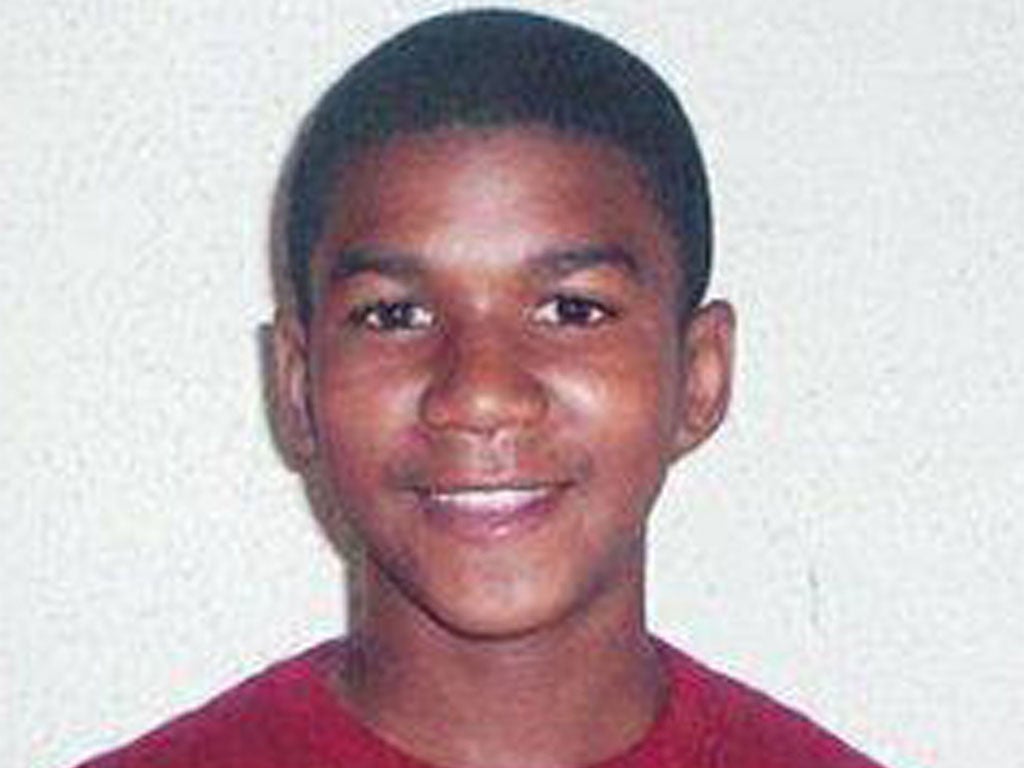Young black men perceived as bigger, stronger and more dangerous than white men, study finds
Study suggests 'consistently biased' perceptions of young black men could be a factor in police shootings

Your support helps us to tell the story
From reproductive rights to climate change to Big Tech, The Independent is on the ground when the story is developing. Whether it's investigating the financials of Elon Musk's pro-Trump PAC or producing our latest documentary, 'The A Word', which shines a light on the American women fighting for reproductive rights, we know how important it is to parse out the facts from the messaging.
At such a critical moment in US history, we need reporters on the ground. Your donation allows us to keep sending journalists to speak to both sides of the story.
The Independent is trusted by Americans across the entire political spectrum. And unlike many other quality news outlets, we choose not to lock Americans out of our reporting and analysis with paywalls. We believe quality journalism should be available to everyone, paid for by those who can afford it.
Your support makes all the difference.Young black men are viewed as larger and more threatening than their white counterparts, according to a new psychological study.
Nearly 1,000 people from the US were shown pictures of the faces of white and black men and asked to guess how big they were and whether they might be dangerous.
The researchers said the results showed black men were seen as “larger, stronger and more muscular” than white men even when they were the same size.
This was true of both black and white participants in the study.
However only white test subjects judged young black men to be more of a threat and that police might be more justified in the use of force to subdue then, even when they were not armed.
A series of killings of unarmed black men – by police and self-appointed vigilantes like George Zimmerman, who killed teenager Trayvon Martin – have sparked the Black Lives Matter campaign in the US.
The researchers suggested that part of the problem could be the perception that black men were more of a threat.
In a paper in the Journal of Personality and Social Psychology, they pointed to the 2014 killing of an unarmed black man, Dontre Hamilton, by a white police officer in Milwaukee.
The officer claimed Mr Hamilton, who was shot 14 times, had a “muscular build” and “most definitely would have overpowered . . . me or pretty much any officer I can think of, to tell you the truth. He was just that big, that muscular”. Mr Hamilton was 5ft 7in and about 12 stone (169 pounds).
Researcher Dr John Paul Wilson, of Montclair State University, said: “Unarmed black men are disproportionately more likely to be shot and killed by police, and often these killings are accompanied by explanations that cite the physical size of the person shot.
“Our research suggests that these descriptions may reflect stereotypes of black males that do not seem to comport with reality.”
The study had found that estimates of people’s height and weight were “consistently biased”, he said.
“Participants judged the black men to be larger, stronger and more muscular than the white men, even though they were actually the same size,” Dr Wilson said.
“Participants also believed that the black men were more capable of causing harm in a hypothetical altercation and, troublingly, that police would be more justified in using force to subdue them, even if the men were unarmed.”
However he cautioned that the study had not simulated a real-world situation.
People’s perceptions – and their memory – can be altered when they are in stressful situations.
Other researchers have suggested that racism stems from an “implicit bias” in the brain against anyone who looks different to the cultural norm.
Speaking at the annual meeting of the American Association for the Advancement of Science (AAAS), Professor Lydia Villa-Komaroff said the brain had developed a number of shortcuts which could produce a “cognitive illusion” of knowledge, which she described as “a little bit like an optical illusion”.
“So it’s not just a white man or woman who will associate a large black man with possible danger, a black man and a black woman will have that same reaction – in the American culture,” she said.
The important thing, Professor Villa-Komaroff said, was to recognise this shortcoming in our minds and correct for it.
Join our commenting forum
Join thought-provoking conversations, follow other Independent readers and see their replies
Comments